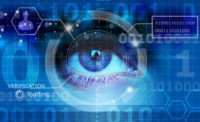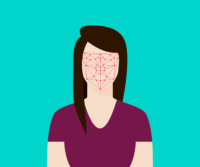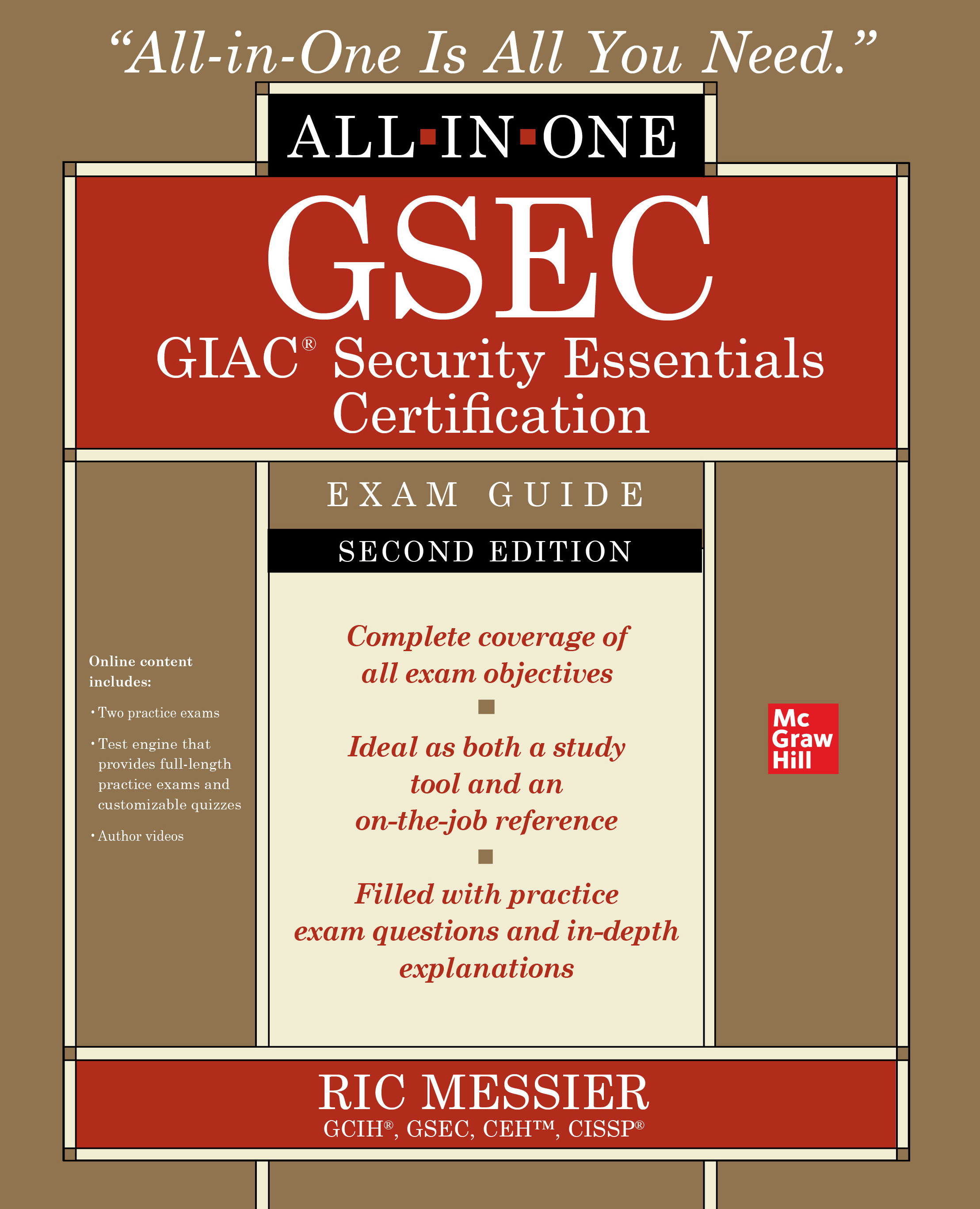Results from a new survey conducted for CyberLink, creator of the FaceMe facial recognition engine, show high levels of consumer adoption of facial recognition, particularly among Gen Z and millennials, for multiple mobile applications and consumer venues like airports, banks and medical offices.
CyberLink’s “Face of the Future Report” is said to inform businesses of the various ways consumers would like to use facial recognition technology, provided it’s done correctly. The report, which polled 2,455 Americans, reveals:
- Roughly 4 in 10 Americans use their face on at least one application per day, with 18- to 34-year-olds facial recognition users reaching as high as 75%
- Of the people who use facial recognition, unlocking their phone, laptop or other personal computer is the most common use at 68%, followed by 51% using it to log-in to an app on a phone (i.e., healthcare portal or ticketing app)
- Beyond mobile app use, people are most open to facial recognition technology for improved safety at airports (55%), banks (54%), and medical offices (53%)
“There’s this perception that people aren’t ready for facial recognition technology, yet, almost all of us are using it every day in one way or another” said Dr. Jau Huang, chairman and CEO of CyberLink. “New use cases for AI-based computer vision and facial recognition are constantly emerging. The explosion of mobile apps, the password nightmare they generated, and the face login solution that followed drove initial adoption in the mass market.”
Huang added, “Now, many see AI-based automation as a key solution to the current labor crisis. Traditional and online businesses are using facial recognition to automate a wide set of activities, ranging from security and access control to self-service, statistics, and the many facets of customer experience. Be ready, there is a lot of facial recognition coming ahead.”
The study, conducted online with the third-party research firm YouGov, uncovered not only that consumers are ready for facial recognition use in new settings, but also that they expect certain guarantees (such as the choice to opt out) in order to support its use.
Following are further insights from the study.
Consumers Most Open to Facial Recognition Technology at Airports, Banks and Medical Offices
The data reveals that those Americans willing to opt in to facial recognition technology in any setting, are most open to facial recognition to improve safety at Airports (55%), banks (54%) and medical offices (53%). Notably, respondents prioritized these same settings when it came to facial recognition to improve convenience and overall enhanced experience. The office (39%), hotels (30%), sports stadiums (29%), public transportation (28%), retail and grocery stores (26%) and restaurants/bars (23%) were all also selected by more than 1 in 5 of these consumers as settings they’d be comfortable opting in to seeing facial recognition technology.
Data Protection and Convenience are Top Motivators
The highest percentage of those open to using facial recognition technology said they would be open to facial recognition while shopping at a store, eating at a restaurant or traveling if it better protected their data, personal information, and assets (54%). A large portion said they would consider it for improved safety at their home and workplace (42%). Convenience was also important with 45% of those open to using facial recognition in these settings saying they would do so if it reduced time spent waiting in line and 43% saying the same if it allowed them to get what they needed faster and more conveniently. Ensuring proper mask wearing (23%), eliminating human contact (20%), and getting a VIP experience (20%) were all of lesser importance.
Generations Differ on Willingness to Adopt Facial Recognition
According to the report, facial recognition adoption can vary depending on the demographic. 57% of 18–34-year-old people use some sort of facial recognition at least once a day compared to 40% of people aged 35-54 and 24% of people ages 55 and older. Younger demographics are also more particular than other groups about knowing their face won’t be saved or sold (43%; 4-8 points higher than other groups) and being provided with clearly explained signage and terms of conditions (37%; 4-8 points higher than other groups). Once consumers are onboarded onto the technology, 75% used it at least once a day, showing strong endorsement by existing users.
The survey was conducted online, Sept. 6-8. The figures are weighted and are representative of all U.S. adults (18+). To view the full report, go here.









